- Description
- Specs
- Method
-
Back in 2010, when I was an adamant tea-only drinker, Wes took me to Penny University in London, a pop-up brew bar and retail space by Jim Hoffmann and Tim Williams for Square Mile. It was there that I met Jim for the first time, and he served me the coffee that gave me that eye opening moment - the realization that coffee could actually taste of something delicious.
James Hoffmann won the World Barista Championship in 2007, and went on to start Square Mile Coffee Roasters - which set the bar for speciality coffee roasters in the UK. He's also a pretty nice chap, and he's written this beautiful book, which you're going to need to add to your collection
The World Atlas of Coffee: From Beans to Brewing - Coffees Explored, Explained and Enjoyed, by James Hoffmann
A beautiful world guide to the brown bean.
Taking the reader on a global tour of coffee-growing countries, The World Atlas of Coffee presents the bean in full-color photographs and concise, informative text. It shows the origins of coffee -- where it is grown, the people who grow it; and the cultures in which coffee is a way of life -- and the world of consumption -- processing, grades, the consumer and the modern culture of coffee.
The second edition sees new producing countries added including DRC, Uganda, Thailand, Philippines, China and Haiti, alongside updated statistics and data for each producing country.
Plants of the genus Coffea are cultivated in more than 70 countries but primarily in equatorial Latin America, Southeast Asia and Africa. For some countries, including Central African Republic, Colombia, Ethiopia, and Honduras, coffee is the number one export and critical to the economy.
Organized by continent and then further by country or region, The World Atlas of Coffee presents the brew in color spreads packed with information. They include:
- The history of coffee generally and regionally
- The role of colonialism (for example, in Burundi under colonial rule of Belgium, coffee production was best described as coercive. Every peasant farmer had to cultivate at least 50 coffee trees near their home.)
- Map of growing regions and detail maps
- Charts explaining differences in growing regions within a country
- Inset boxes (For example, what is the Potato Defect? Is Cuban coffee legal in the United States?)
- The politics of coffee and the fair trade, organic and shade grown phenomena
- Beautiful colour photographs taken in the field.
Americans consume 400 million cups of coffee per day, equivalent to 146 billion cups of coffee per year, making the United States the leading consumer of coffee in the world. The World Atlas of Coffee is an excellent choice for these coffee lovers.
-
- Hardcover: 256 pages
- Originally Published in Canada by Firefly Books Ltd. (2014)
- Copyright 2014
- Language: English
- ISBN-10: 1-77085-470-3
- ISBN-13: 978-1-77085-470-3
- Product Dimensions: 20.3 cm x 26 cm
-
Method Coming Soon


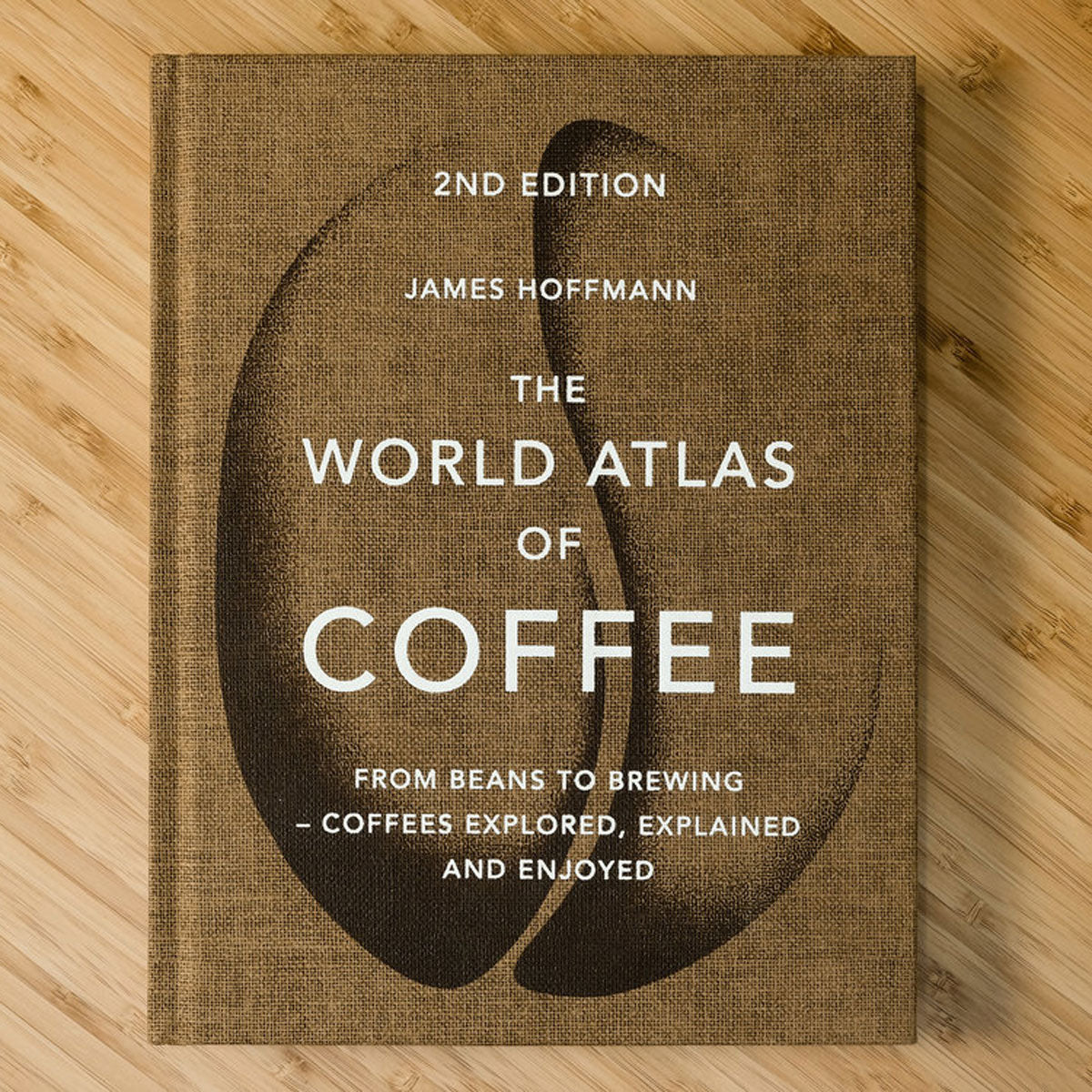
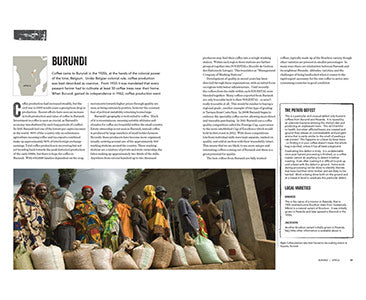
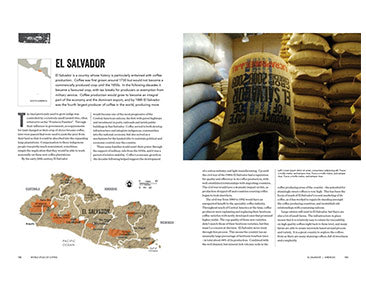
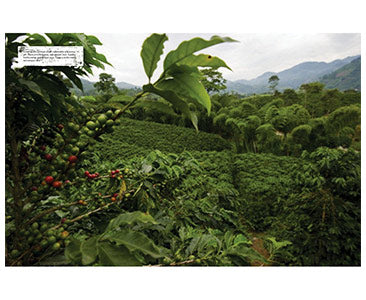
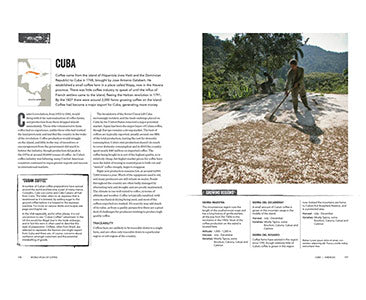
![Photo of Rabbit Hole - Fidel, Felimon & Minerva ( Default Title ) [ Rabbit Hole Roasters ] [ Coffee ]](http://eightouncecoffee.ca/cdn/shop/files/cd248379-421c-490a-b0d6-9719933942f3.jpg?v=1763609375&width=1000)
![Photo of 94 Celcius - Covalent Espresso Blend (907g) ( Default Title ) [ 94 Celcius ] [ Coffee ]](http://eightouncecoffee.ca/cdn/shop/files/eca4577f-3767-476f-9b2d-ce29b4b18295.jpg?v=1763591508&width=1000)
![Photo of 94 Celcius - Lychee Peachy ( Default Title ) [ 94 Celcius ] [ Coffee ]](http://eightouncecoffee.ca/cdn/shop/files/68a5489c-3df8-4e0c-9d43-8a11e52fb5a3.jpg?v=1763590984&width=1000)

![Photo of Fratello - DECAF Godfather Espresso (Box of 10) ( Default Title ) [ Fratello ] [ Coffee ]](http://eightouncecoffee.ca/cdn/shop/files/acba6ea5-62cb-4eaa-a50d-b2bec09be449.png?v=1764348656&width=1000)
![Photo of Fratello - Godfather Espresso (Box of 10) ( Default Title ) [ Fratello ] [ Coffee ]](http://eightouncecoffee.ca/cdn/shop/files/29674ce3-936a-4c3a-9a22-e337a43b761b.png?v=1764348656&width=1000)
![Photo of Fratello - DARK Godfather Espresso (Box of 10) ( Default Title ) [ Fratello ] [ Coffee ]](http://eightouncecoffee.ca/cdn/shop/files/fb1b5896-11e8-4bc7-9c42-727c3072f645.png?v=1764348656&width=1000)
![Photo of Fratello - Guatemala Montecristo (Box of 10) ( Default Title ) [ Fratello ] [ Coffee ]](http://eightouncecoffee.ca/cdn/shop/files/742dc625-7055-4923-9d55-4c69478f0e26.png?v=1764348656&width=1000)